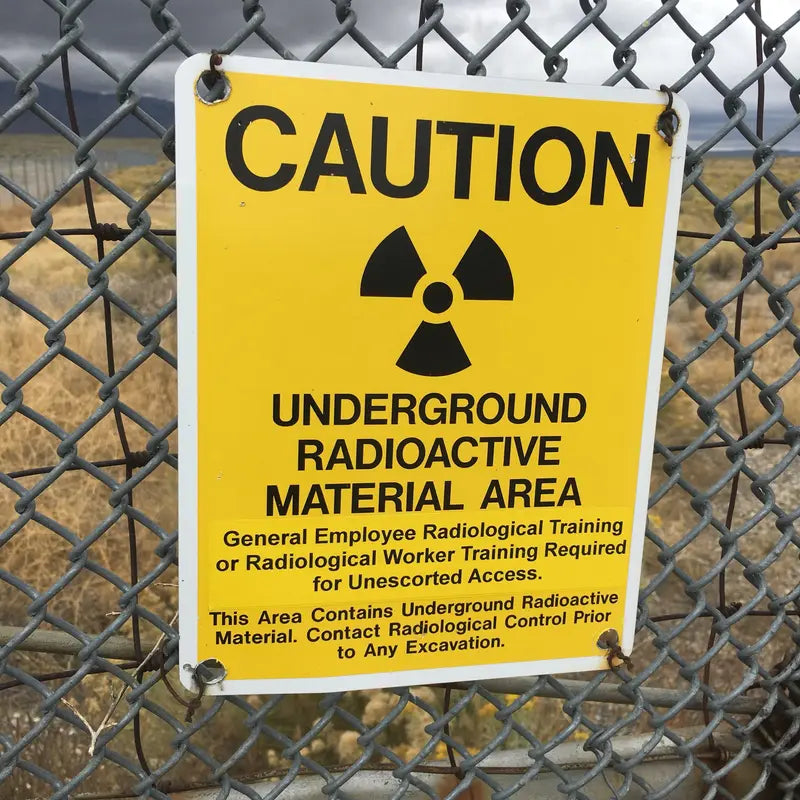Escherichia coli, commonly known as E. coli, is a type of bacteria that can pose significant health risks if it contaminates surfaces or food sources in the home. Exposure to E. coli may lead to serious foodborne illnesses, making it essential to control its spread. From food preparation areas to hidden corners of the home, E. coli can thrive in unexpected places. This article focuses on identifying common sources of E. coli in the household and effective strategies for eliminating these risks. Tools like the Milerd Detoxer offer a powerful method to help reduce bacterial contamination in the home, ensuring a safer living environment.
Understanding E. coli and Its Risks
What is E. coli? E. coli bacteria can be found in the environment, foods, and intestines of animals. While some strains are harmless, others can cause severe gastrointestinal issues and even life-threatening complications. Foodborne illness prevention starts with recognizing how E. coli can enter the home and contaminate everyday surfaces.
Common Sources in the Home include the kitchen, where raw meats, unwashed vegetables, and other perishables can harbor bacteria. Bathrooms, especially high-touch areas, are also prone to bacterial spread. Knowing where E. coli is most likely to reside helps you focus on proper cleaning and disinfection techniques.
Food Safety Basics are essential for preventing E. coli contamination. Simple practices such as frequent hand washing, cooking meat thoroughly, and sanitizing high-touch surfaces make a big difference in reducing the risk of E. coli.
Kitchen Safety Practices
Cutting boards, especially those used for raw meat, are a prime location for bacterial contamination. Cutting board safety involves using separate boards for raw meats and produce to prevent cross-contamination. Cleaning these boards with a safe disinfectant and allowing them to air dry can help prevent bacteria from lingering.
Thoroughly cleaning kitchen utensils after each use, particularly when they have been in contact with raw meat or eggs, is critical to maintaining a clean kitchen. Utensils should be washed with hot, soapy water and dried completely before being stored. For added safety, consider using the Milerd Detoxer to help eliminate bacteria on utensils through advanced detoxification techniques.
Steam cleaning is a highly effective way to sanitize surfaces, killing bacteria without harsh chemicals. Disinfecting with steam can be applied to multiple kitchen surfaces, including countertops, handles, and sinks. The Milerd Detoxer provides a convenient option for steam-cleaning and sanitizing fruits, vegetables, and utensils to further ensure cleanliness and reduce contamination risk.
Proper Food Handling and Storage
One essential step for reducing bacteria on produce is fruit and vegetable washing. Rinsing fruits and vegetables under running water is helpful, but using tools like the Milerd Detoxer can improve results by removing harmful pesticides and bacteria, ensuring that your produce is as safe as possible.
Proper Food Storage
Correct storage practices help to prevent the spread of E. coli within the kitchen. Fridge organization tips include storing raw meat on the lowest shelf to avoid drips contaminating other foods. Use sealed containers to prevent cross-contamination, and keep the refrigerator at the appropriate temperature (around 4°C or 39°F) to reduce bacterial growth.
Cleaning with Bleach
For surfaces like fridge shelves, countertops, and other high-risk areas, cleaning with bleach is highly effective for eliminating bacteria. A mild bleach solution can sanitize these areas, but it should always be used with care. Ensure the surfaces are rinsed and dried properly before placing food items to prevent any chemical residues from affecting your food.
Bathroom Cleaning Tips
In bathrooms, E. coli can be present on surfaces due to flushing or poor hygiene practices. Disinfecting high-touch surfaces such as faucets, door handles, and toilet handles is essential to control bacterial spread. Use a disinfectant on these areas regularly to reduce potential contamination risks.
Reducing Contamination Risks
Establishing a routine for bathroom cleaning helps keep these areas as sanitary as possible. Bathroom cleaning tips include using disposable wipes or clean cloths to avoid re-contaminating surfaces. Make sure to sanitize frequently touched areas and use separate cleaning supplies for the bathroom to prevent spreading bacteria to other parts of the home.
Other Areas of the Home to Monitor
Hidden Areas of Contamination
Beyond the kitchen and bathroom, other parts of the home can harbor harmful bacteria. Areas such as garbage disposals, kitchen sinks, and appliance handles are often overlooked but can accumulate bacteria quickly. Keep these areas clean with routine disinfecting practices.
Routine Cleaning Tips
Setting a consistent cleaning schedule is crucial in maintaining a bacteria-free home. By incorporating regular cleaning into your routine, you can prevent bacteria from spreading and keep high-risk areas under control. Use sanitizing solutions or steam cleaners for more comprehensive disinfecting in hidden or hard-to-reach places.
Conclusion
Identifying and addressing sources of E. coli in the home is essential for maintaining a safe and healthy environment. From the kitchen to the bathroom, understanding where bacteria thrive allows you to adopt targeted cleaning and disinfecting practices. Regularly implementing these strategies, along with the Milerd Detoxer, provides an extra layer of safety and peace of mind for you and your family. Embrace these practices for a cleaner, safer home environment, and take the first step in reducing bacterial risks today.



Leave a comment
This site is protected by hCaptcha and the hCaptcha Privacy Policy and Terms of Service apply.